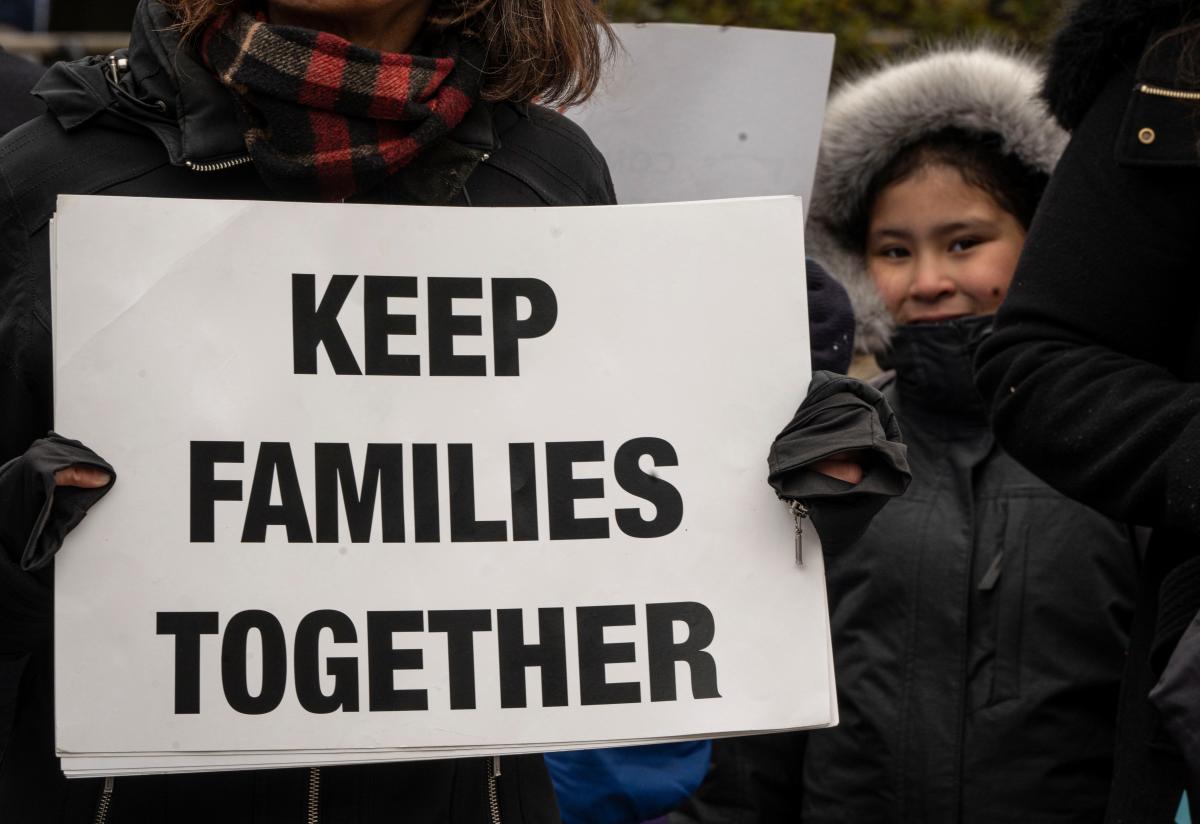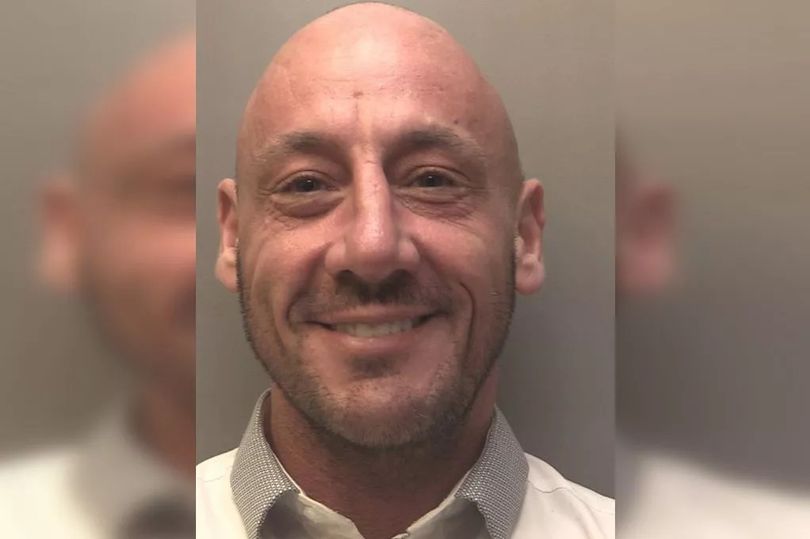
The day after the Trump administration’s announcement that it would discard rules curbing immigration enforcement in schools, East Ramapo Interim Superintendent Anthony DiCarlo was asked what his district, where a majority of students are English language learners, planned to do.
“Everything goes through me,” he said during a Jan. 21 school board meeting. He said anyone from Homeland Security or U.S. Immigration and Customs Enforcement who shows up should be directed to him and the district’s lawyer. “Nobody will be able to come into our buildings and remove any students whatsoever.”
Recent NY guidance to schools outlines students’ rights
Several districts have distributed a document, “New York State Guidance on Safeguarding the Rights of Immigrant Students,” that was sent Jan. 16 to school leaders throughout the state from the the State Education Department, the Office of the Attorney General and the Office of the Governor.
Advertisement
Advertisement
Top NY officials issue guidance: As Trump action looms, NY schools must stay ‘safe haven’ for immigrant kids
“As outlined in the joint guidance, all children, regardless of their status, language proficiency, or housing situation, have the fundamental right to a free public education,” Clarkstown schools Superintendent Marc Baiocco said. “We are committed to fulfilling our legal and moral obligation to provide a quality education to every student within our district.”
About 5% of students enrolled in Clarkstown schools are English language learners.
Yonkers is following that guidance too, said district communications officer Akeem Jamal.
Advertisement
Advertisement
“Per this guidance, law enforcement will not be allowed on school property to remove students based on immigrant status without a judicial warrant,” Jamal said. “Our focus is creating safe spaces for all students.“
In Yonkers, about 14% of students are English language learners. While that statistic does reflect a school’s diversity, it does not reflect immigration or citizenship status.
Districts do not necessarily know if a child or their family members are U.S. citizens or residents, Jamal said. “When kids come to register we don’t ask questions about immigration status.”
What the Trump administration changed
The Department of Homeland Security on Jan. 20 announced an end to Biden-era guidelines that curbed law enforcement activity near “so-called ‘sensitive’ areas.”
Advertisement
Advertisement
More in U.S.
An unnamed DHS spokesperson said in a statement: “Criminals will no longer be able to hide in America’s schools and churches to avoid arrest. The Trump Administration will not tie the hands of our brave law enforcement, and instead trusts them to use common sense.”
The Biden administration in October 2021 issued a policy that provided more specific guidelines for “protected areas” where immigration enforcement should be curbed. The focus was on ensuring people could access services, like schools, playgrounds and recreation centers; healthcare facilities; places providing food and shelter; houses of worship, including during weddings and funerals; and during public demonstrations, including parades and rallies.
Concern among East Ramapo’s kids, families
East Ramapo parent Mercy Carabajo brought up concerns about immigration rules changing during the Jan. 21 school board meeting in Spring Valley. Children, she said, are worried that immigration officials could come to the schools to get kids. Many children, including those who are citizens, also are anxious about their parents who are not.
“You have to understand, our community has a lot of immigrant parents (who don’t) have any kind of documents … lots of kids are talking about it,” said the parent of a middle-schooler in the district. “It’s messing with the kids’ minds.”
Advertisement
Advertisement
DiCarlo agreed that information should be shared with students to put them at ease. “Their fear is that somebody is going to come into the building and take them and that’s not going to happen,” he said.
After explaining that he was to be alerted to any immigration enforcement activity at a school, DiCarlo said that beyond facilities, “that’s another question in regards to your local authorities.” He said residents may want to query their municipal officials. “What is the county and what are the towns doing if somebody comes to your home?”
This article originally appeared on Rockland/Westchester Journal News: Hudson Valley districts react to immigration enforcement in schools
EMEA Tribune is not involved in this news article, it is taken from our partners and or from the News Agencies. Copyright and Credit go to the News Agencies, email news@emeatribune.com Follow our WhatsApp verified Channel




